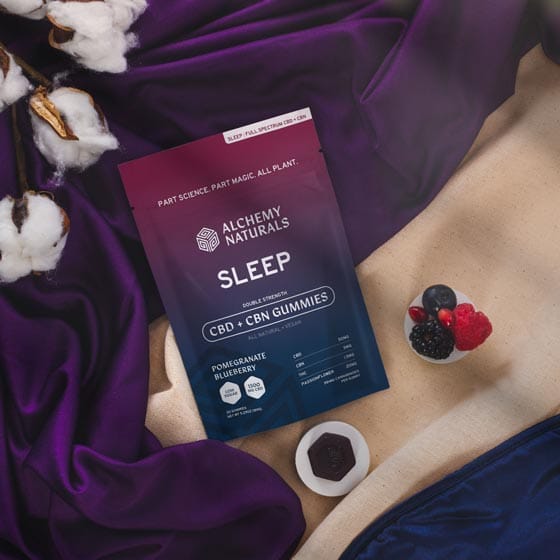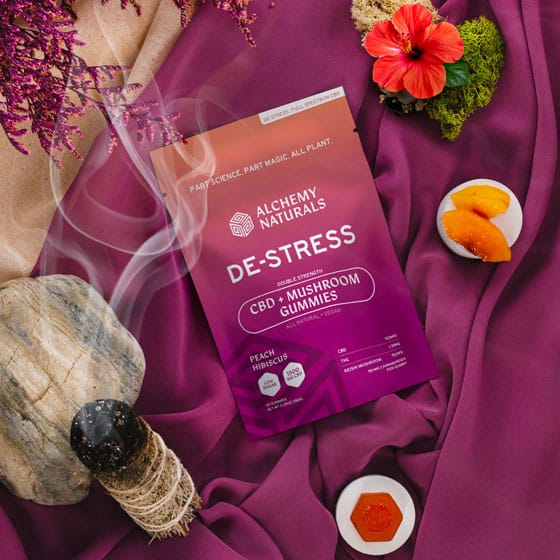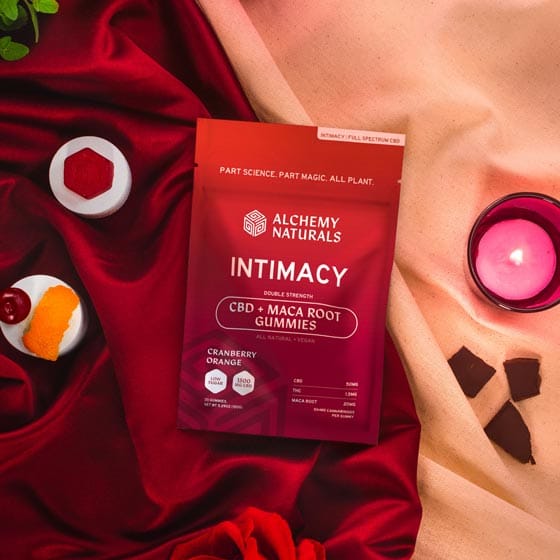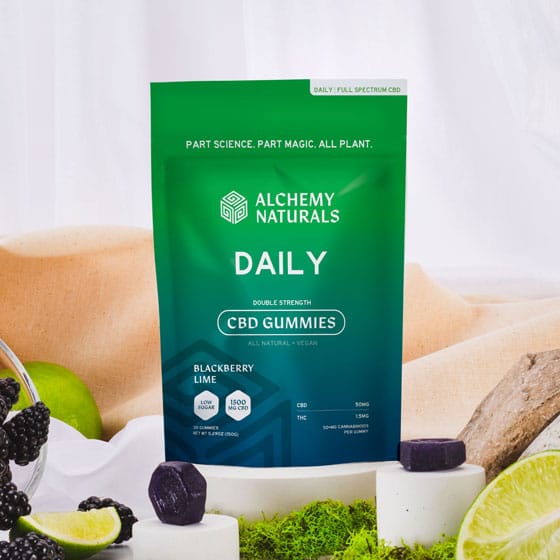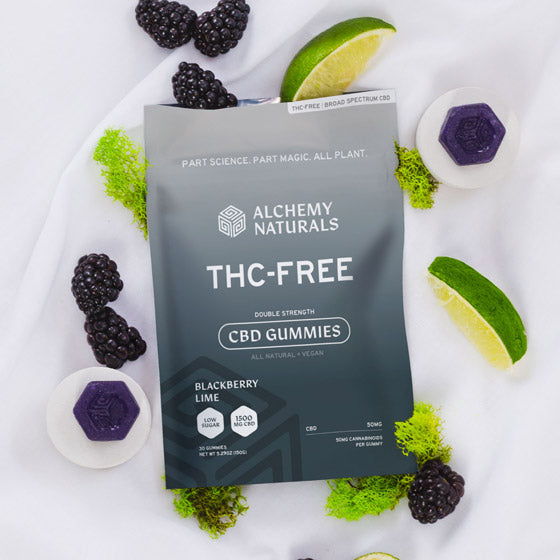Exploring the Ancient use of cannabis
How did CBD become so popular? Did we know about it at the same time that THC was being used (even thousands of years ago?) What does the future of CBD look like? Let’s dive into the history of CBD to find some answers.
An intertwined past…
You really can’t talk about the history of CBD without talking about THC. For thousands of years, humans have been using both (be it, unknowingly) and only recently have been able to harness technology needed to extract one from the other.
Before the 1940s, if you wanted to partake in cannabis, you were actually enjoying the benefits from both THC and CBD (as well as over a 100 other cannabinoids), since humans had no knowledge of the chemical structure of the plant – they just knew it relieved pain, and that was valuable.
Toke Timeline – a History of CBD and THC use:
1700 BCE
Hemp is described in an Egyptian medical text as being a treatment for eyes. Cannabis was used very similar to how we use it today: inhaling the smoke, crushing it and mixing with other herbs to form ointments (the first topicals!) or by distilling it into tonics or beverages (edibles!) (1)
1213 BCE
Pharaoh Ramses (yes the one from that movie) is thought to have used cannabis – in the 1980’s scientists found traces of it in his mummified remains.
1000 BCE
Ayurvedic and Arabic practices use cannabis as an aphrodisiac and a pain reliever.
100 CE
Chinese medical text mentions the medicinal benefits of the flowers, seeds, and leaves of the cannabis plant.
1600s
Industrial hemp is grown in the United States and used to produce rope, paper, and textiles.
1800s, England, United States
Queen Victoria herself was known to take a monthly dose that was prescribed by her doctor to relieve menstrual cramps. On our side of the pond, you could go to a pharmacy and buy a medicinal syrup that contained marijuana to relieve headaches, aid in better digestion, stimulate appetite, and ease pain in childbirth. (3)
1906
Congress passed the Pure Food and Drug Act of 1906, and formed FDA. The FDA rules cannabis as “addictive”
1970s
The Controlled Substances Act was passed and listed Cannabis on the Controlled Substances list as a Schedule 1 Substance.
1996
California passed Proposition 215 and became the first state to legalize medical marijuana. This lead to a renewed interest from the public in cannabis as a medical treatment.
2013
Charlotte Figi was featured on CNN, that high-CBD, low-THC cannabis strains started getting some attention.
2018
The Farm bill is passed which explicitly allows the transfer of hemp-derived products across state lines for commercial or other purposes.
“Cannabis is a domesticated species – it’s one of the species that we’ve been co-evolving with for a very long time. And to say you co-evolve is to say that you’re changing it and presumably it’s changing you as well. “
-Michael Pollen
The Future of CBD
With the passing of the 2018 Farm Bill, hemp cultivation is now allowed more broadly. There is no longer restrictions on the sale, transport, or possession of hemp-derived products, so long as those items are produced in a manner consistent with the law and contain no more than .3% THC. Now, you can order CBD-infused cocktails, order a CBD meal, or slather CBD serum all over your face! With more research being done on the effects of CBD, we predict that we will be able to better channel this amazing plant and soon it will be used as widely as it was centuries ago. Only now, we’ll be able to back up what we’re feeling inside, with hard science.
Footnotes:
1, 3, 4 Cannabis & CBD for Health and Wellness
2, 5 Netflix Explained Show – Weed Episode

